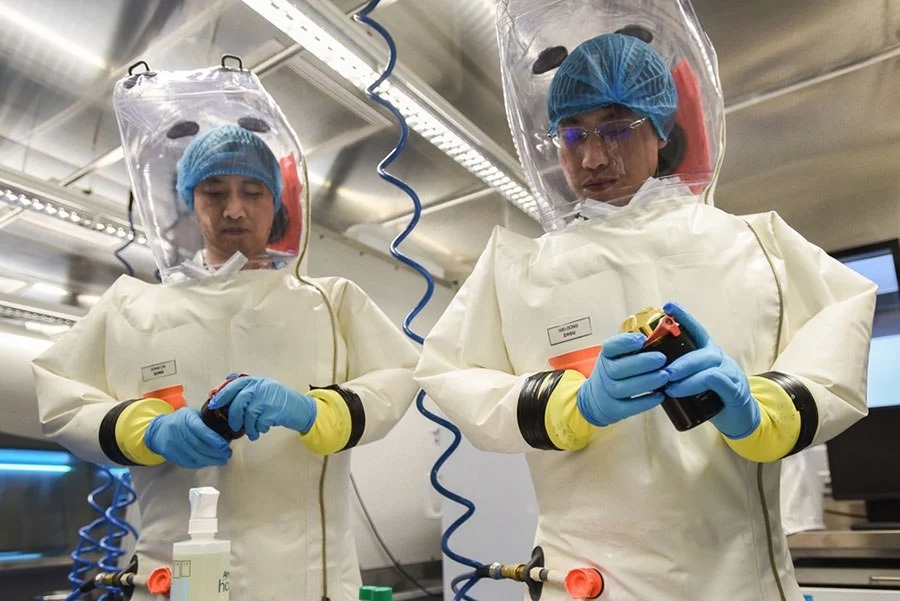2020-02-06 Labii ELN & LIMS Facilitates Infectious Disease Research
2020-02-06

Since it’s initial emergence in December 2019, the new coronavirus (2019-nCOV) has killed more than 600 people in China and infected over 30,000 people across Asia. The virus has now been confirmed in more than 24 countries, spreading from person to person through coughing and sneezing. The global effects of the coronavirus outbreak have spurred agencies like the World Health Organization to accelerate their research. Access to appropriate, safe lab space to study viruses like 2019-nCOV is imperative to understanding emerging health threats and developing effective vaccines and treatments. These spaces are called biosafety labs. Most infectious disease research occurs in a biosafety lab to protect lab personnel, the environment, and other people from agents being studied. There are four levels of biosafety labs: BSL-1, BSL-2, BSL-3, and BSL-4. The Center for Disease Control and National Institutes of Health provide guidance for appropriate procedures and equipment based on the agent being studied. BSL-1 is the lowest safety level and applies to agents that pose a low risk to healthy adults. BSL-2 labs work with agents that pose a moderate risk to humans. BSL-3 and BSL-4 labs work with agents that pose a much greater threat to humans, such as West Nile virus or the Ebola virus. At these biosafety levels, labs must take additional precautions to prevent microorganisms from entering or exiting the lab, such as non-recirculating air or high-efficiency particulate air filters. Even waste and water must be treated before exiting a biosafety lab at this level. As you can imagine, such strict policies can hinder a scientist’s ability to record their methods or results. Scientists in these labs wear a significant amount of protective gear, so traditional, physical lab notebooks are not an option. Labii Electronic Lab Notebook (ELN) and Laboratory Information Management System (LIMS) is an ideal solution for scientists working in a BSL-3 or BSL-4 lab. Research notes can be easily recorded on a computer inside the lab, ensuring methods and results are consistently and accurately documented. In addition, maintaining electronic records allows scientists to immediately share their findings, enhancing their ability to collaborate. Lab inventories can also be managed directly in Labii ELN & LIMS, allowing the user to track reagent and equipment use from outside the lab. To learn more, schedule a meeting with Labii representatives (https://call.skd.labii.com) or create an account (https://www.labii.com/signup/) to try it out yourself. Natalie Burger
Last updated
Was this helpful?